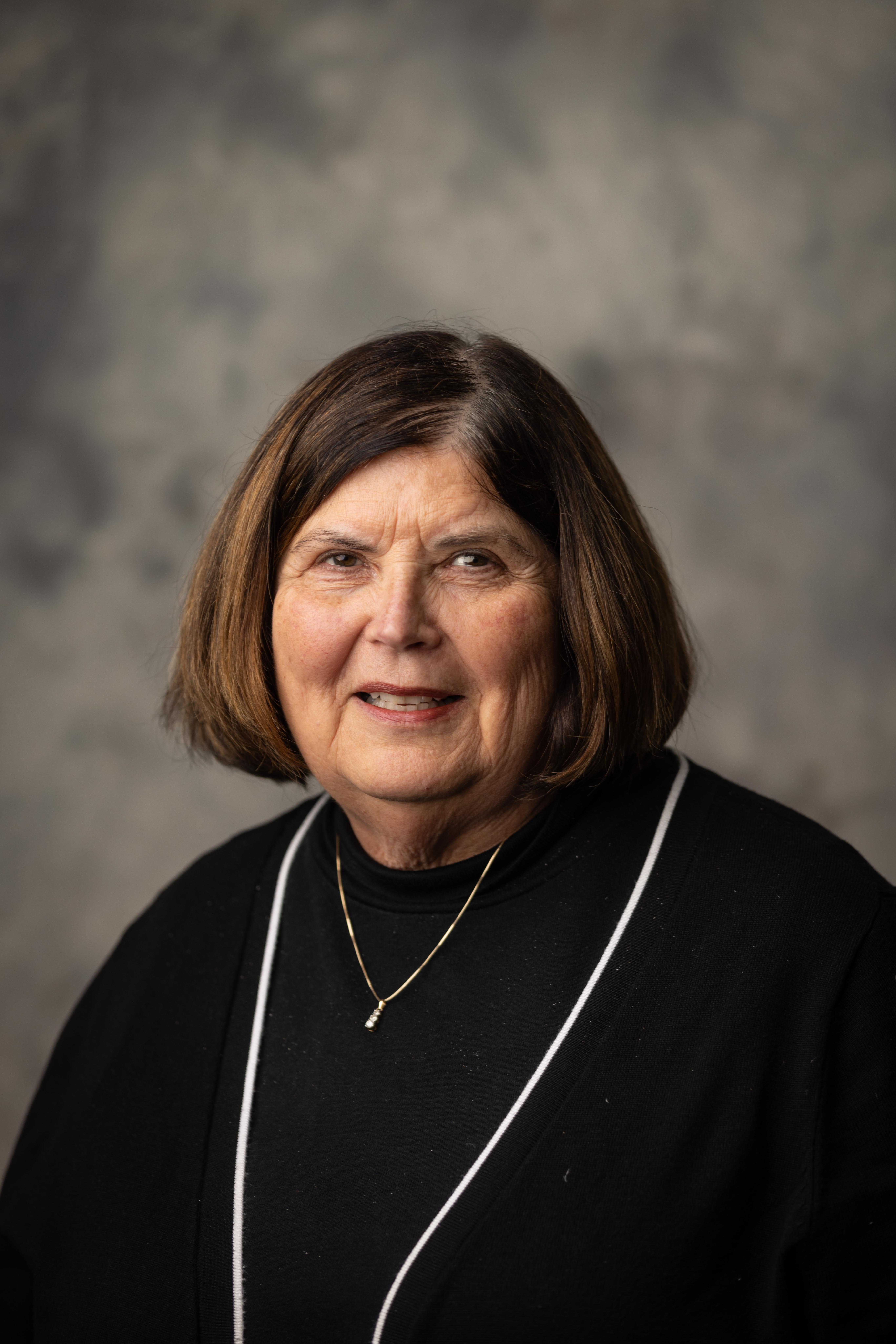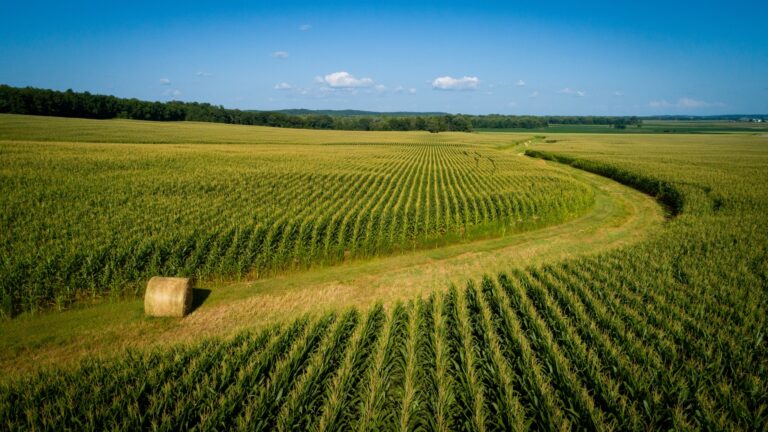2024 August Stewardship Advocate
Iowa Corn Promotion Board (ICPB) Develops Resources for Farmers on Carbon Programs, Calculating Carbon Intensity Scores and Data Privacy
There is both a lot of buzz about carbon but also a lot of confusion and uncertainty as this is a rapidly evolving area. In fact, the role and impact of carbon and carbon dioxide is a double-edged sword. On the one hand, carbon is essential to life because it is the building block of photosynthesis, improves soil structure and is a source of energy and nutrients for soil microorganisms that are critical in plant and crop production. On the other hand, producing and releasing too much carbon can have detrimental effects on the environment. Farmers can play an important role in reducing greenhouse gas emissions by removing carbon from the atmosphere and depositing it in soil and plants. Practices like reduced and no-till and planting cover crops have been proven to store carbon in crop production environments.
Decarbonization is the term used for removal or reduction of carbon dioxide (CO2) output into the atmosphere. Decarbonization also involves absorbing carbon from the atmosphere by capturing emissions and enhancing carbon storage in agricultural lands and forests. One of the key elements to reducing greenhouse gases is using biofuels produced from crops such as producing ethanol from corn as a supplement or whole replacement for petroleum-based fuels. Many industries have signaled their intention and/or have implemented strategies to reduce greenhouse gases. Additionally, there are both private and governmental incentives to decarbonize.
With that as a brief background, it is not surprising that the issues around carbon are complex and multi-faceted. To help farmers and others understand and simplify this area, the Iowa Corn Promotion Board has developed a series of resources to help address questions from farmers about carbon intensity, tax credits, carbon markets and payments and premiums. In addition, there are situations in the carbon markets where farmers may have to share information with a third party for verification or to receive an incentive. Because of this, ICPB has also developed a grower guide to help farmers know what questions to ask before sharing their farm data.
These resources can be found on the Iowa Corn website here. They can be downloaded, printed or shared electronically. We hope you find these resources useful as we navigate the carbon landscape together. Look for these grower guide covers on the website.
Latest Information:
Pro Farmer Crop Tour, Final Day: Iowa Corn Crop Sets 32-Year Record, Minnesota Corn Ran Out Of Gas
What Ag Should Know: EPA Releases Final Herbicide Strategy
Fertility Costs Are In Focus As Farmers Consider Cutting Back
Secretary Naig Announces Another Record Year for Conservation in Iowa
Iowa Farm Environmental Leader Awards Presented to 44 Farm Families at the 2024 Iowa State Fair
Farmer to Farmer: Barb Kastner

Barb Kastner and her husband John operate a fourth-generation family farm in Guthrie County near Yale, Iowa. They also farm in Dallas and Greene counties. John and Barb started farming in 1976 with his dad and are now transitioning their farm to their son Cale, his wife Anna and their three children. Cale and Anna have a cow calf operation along with producing corn and soybeans. Rounding out the Kastner family is their daughter Katie who lives in Maquoketa, Iowa with her husband Craig and their two kids. They also have a corn and soybean rotation along with a cow calf herd.
As with many farm families, Barb has a strong commitment to the family farm. “We are so blessed to be passing it on to our son who is dedicated to continuing our legacy. Sustainability and profitability are key to our farming operation and those values will continue with Cale,” shared Barb.
The Kastners have their soil tested annually and work with their agronomist on what to apply to their fields to keep the soil healthy. Buffers and waterways are strategically located to help with erosion and water quality. They use minimum till on the corn stalks to reduce compaction. They have a 50:50 corn soybean rotation and plant 105-112 hybrids at 34,000 to 36,000 seeds per acre. In addition to their traditional production, the Kastners and their son raise seed beans for multiple companies. They apply anhydrous in the fall along with cow manure. Something new to their operation this fall is applying green anhydrous for the first time.
Similar to many other farmers, this spring was a challenging planting season. “The rains kept us out of the fields until early May. However, we have been lucky so far this year to get enough rain but not excessive rains like other parts of Iowa,” shared Barb. “Our crops are looking good going into harvest. We will be chopping silage during the last week of August. Corn and soybean harvest will begin in late September.”
In addition to her responsibilities on the farm, Barb is very active in the Iowa Corn Growers Association and the National Corn Growers Association. “I became an advocate for Iowa Corn after retiring from Farm Credit Services of America. My first step was becoming a Guthrie County Iowa Corn board member and from there, I was selected to be a committee member for Iowa Corn,” shared Barb.”
“I was also chosen to be an NCGA action team member because I have a passion for crop insurance and risk management. During my career in the crop insurance arena, I was keenly aware of how important risk management tools are for farmers. I have also been involved in the US Grains Council and was appointed to the Ethanol action team. I understand the importance of ethanol and its many uses to help our farmers to be more profitable at home and around the world. Ethanol is also the answer we have for cleaner air quality and lower carbon emissions and the best part is that we grow it right here in Iowa.”
Upcoming Events:
September 4: Iowa Nitrogen Initiative field day; Bloomsbury Farm, 3260 69th Street, Atkins, Iowa; Register at INI Field Day 2024 RSVP
September 4: Drainage Water Recycling Field Day; Mark Schleisman Farm, 1532 365th St., Lake City, Iowa. RSVP to Liz Ripley at 515-294-5429 or ilf@iastate.ed
September 5: Drainage Research Forum; Gateway Hotel and Conference Center, Ames, Iowa; Register at Home – Drainage Research Forum (iastate.edu)
September 5: Cover Crops on a Budget: Financial Considerations for Beginners with Alan Weber (webinar); Cover Crop Webinar Registration
September 10: Landowner and Land Operator Meeting; Clay County Fair Regional Events Center, 800 W 18th St, Spencer, Iowa. Register at Strengthening Iowa’s Farms & Land Management Together (iasoybeans.com)
September 13: Iowa Nitrogen Initiative field day; Erik Christian Farm, 57782 100th St. Story City, Iowa; Register at INI Field Day 2024 RSVP
September 14: How to Use a Cover Crop Species Selector Tool with Dr. Victoria Ackroyd & Dr. Steven Mirsk (webinar); Cover Crop Webinar Registration
Multiple September Dates and Locations: ISU agriculture events; ISU Extension Calendar of Events – Events List (iastate.edu)
September 5, 10, 11, 12: Iowa Learning Farms field days; Events – Iowa Learning Farms.
Multiple September Dates and Locations: Practical Farmers of Iowa field days. See schedule of events at Field Days – Practical Farmers of Iowa
